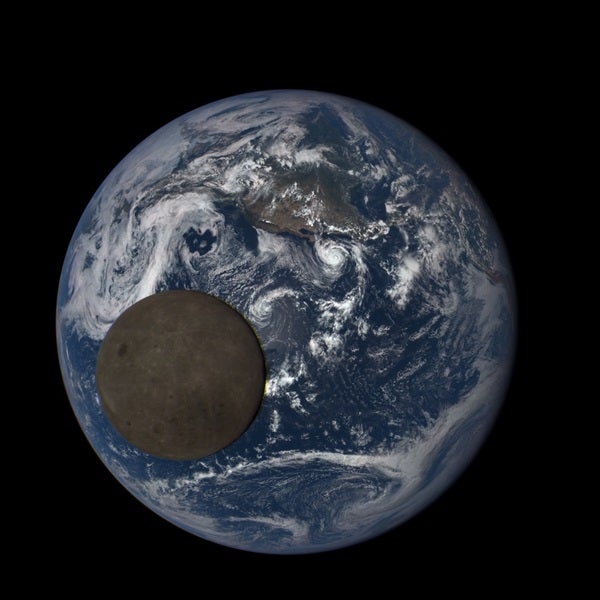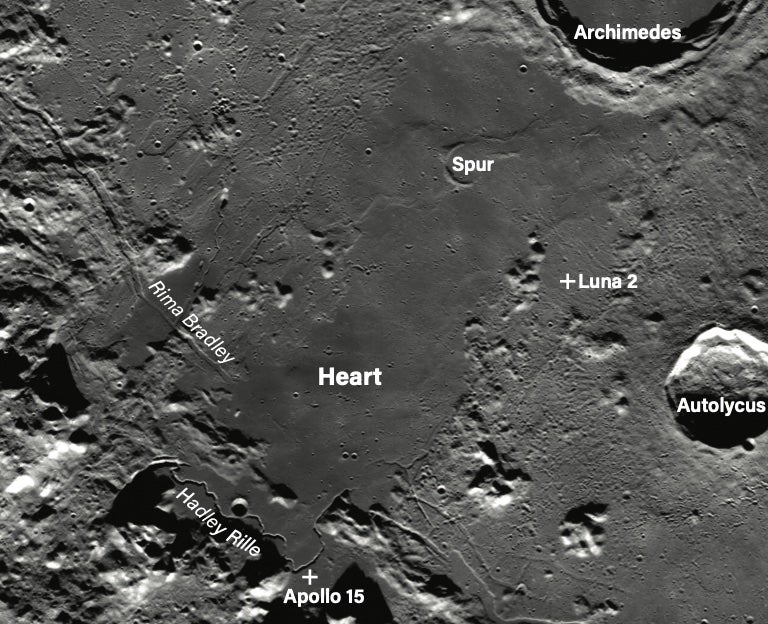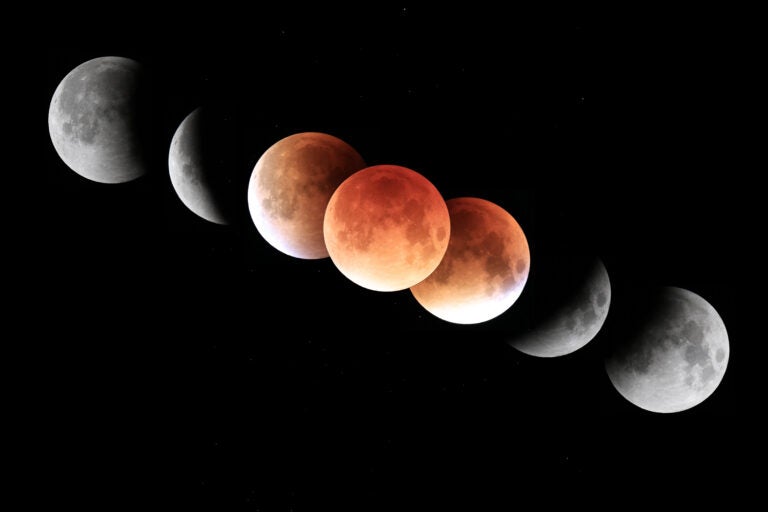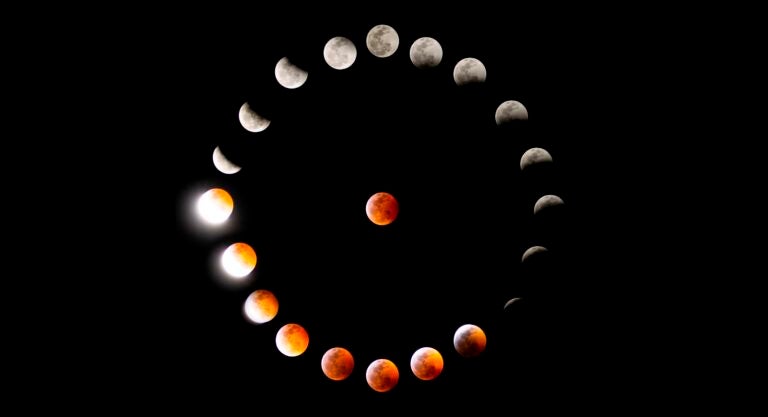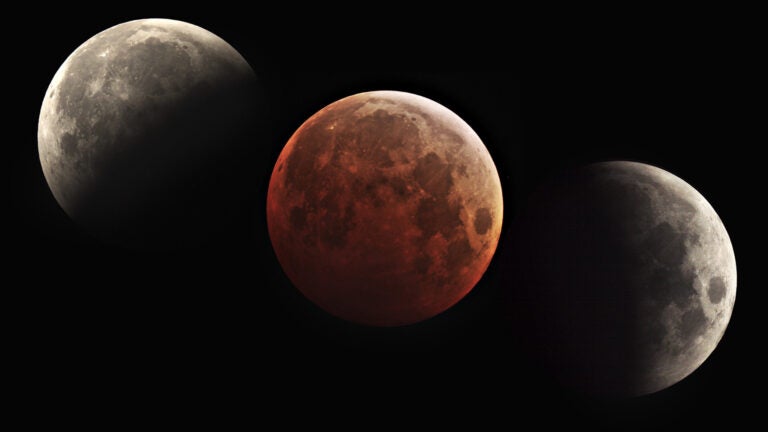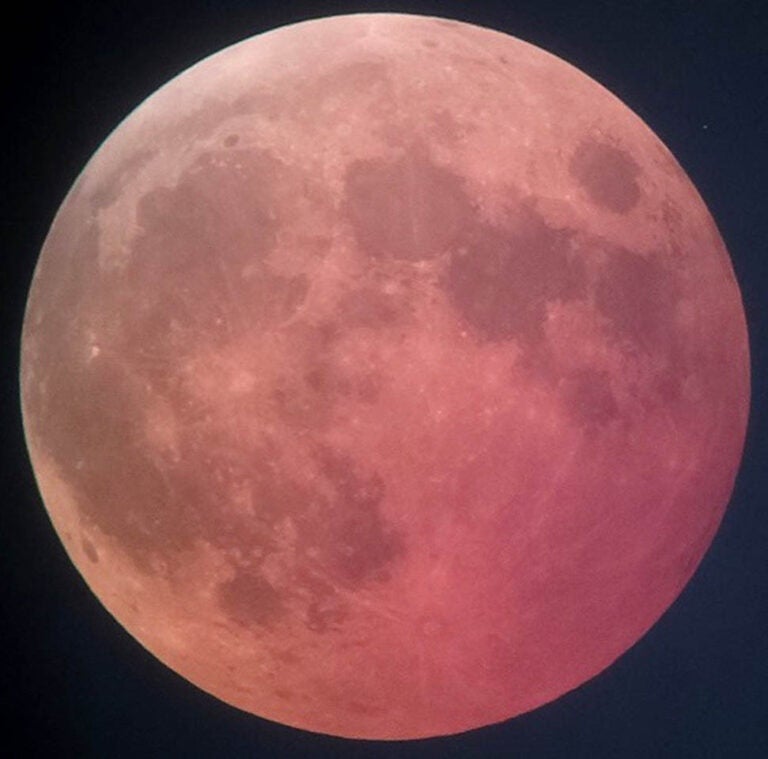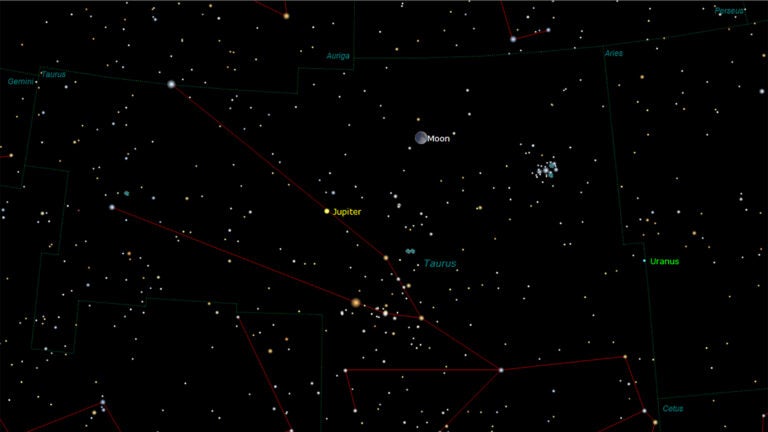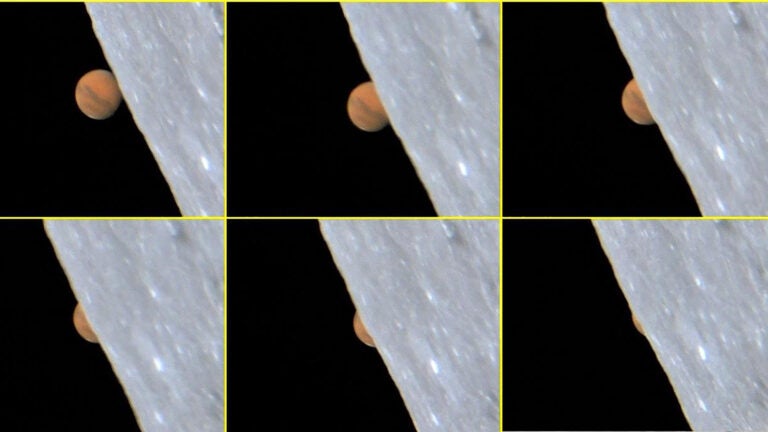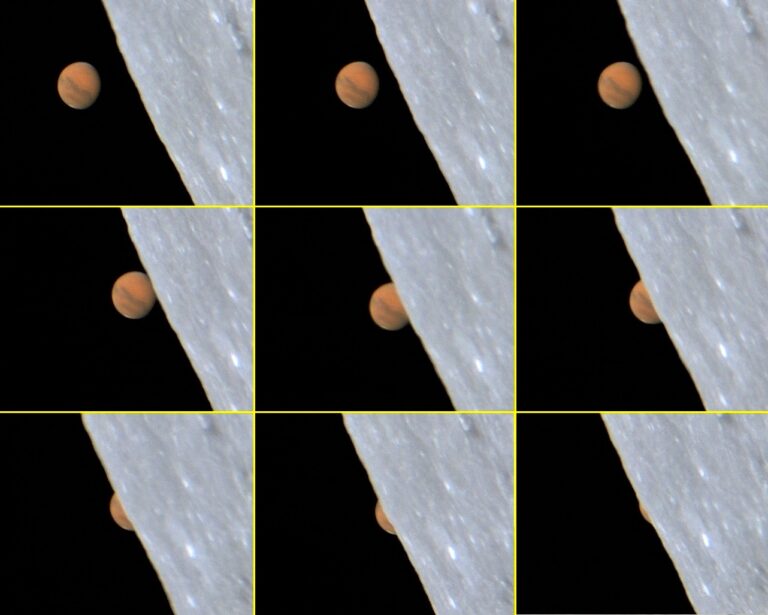In the mass media, names like Blood Moon, Blue Moon, and Super Moon have replaced astronomers’ traditional lunar designations. But all such ambiguity now temporarily vanishes. September’s Harvest Moon and October’s Hunter’s Moon remain the only widely used Full Moon names — many almanacs routinely list those two but no others. Which makes this the perfect time to “get real” with the Full Moon.
In my decades of experience, it’s the only nightly object known to everyone. This is certainly strange — that everyone recognizes the Moon but few can identify even a single other celestial object at night. (Of course, everyone can say, “That’s a star,” but few can tell you which star.) This isn’t true in other areas of science or nature. People who can name one type of cloud can probably identify a few others, too. If you can point out a cardinal, you can likely also identify robins, pigeons, and crows. Only in the night sky does nearly everyone know exactly one object but no further examples.
So, let’s use this widespread familiarity with the Full Moon to try to expand our friends’ appreciation of the heavens. Given that they’ve seen the Moon all their lives, its basic visual qualities should be familiar. But, as we’ll see, it’s easy to have fun and astound others when it comes to asking a few simple questions about the Full Moon.
Its apparent size. Okay, how large is the Full Moon? Most folks aren’t familiar with degrees and angles, so phrase it this way: “How many Full Moons would you need to pile one atop the other to stretch from the horizon to a point directly overhead?” Ask your family. Most will guess between 30 and 50 Moons.
You’ll laugh when you survey a bunch of people because you’ll keep hearing that same 30-to-50 range. The reality? You’d need 180 stacked Full Moons to fill that gap. The Moon is far smaller than people perceive.
Its brightness. Here’s the next misconception: Ask, “How much dimmer is a scene lit by the Full Moon than a sunlit scene?” Their answer will now range from 100 to 1,000 times, meaning, people think sunlight is as much as a thousand times brighter than the Full Moon.
The real answer? Sunlight is 450,000 times brighter than the Full Moon.
Its shininess. The Moon looks dazzlingly white. Expressed as a percentage of the sunlight it reflects (its albedo) the Moon might seem to rate at least a 50 — as in, it is 50 percent reflective.
Textbooks, however, tell us that the average lunar albedo is 11. This is amazing and noteworthy. Dark forest foliage has an albedo of 15. Charcoal is 5. So, the Moon’s surface reflectivity lies somewhere between coal and dark green leaves — super murky. Why does it seem so white and bright?
It’s because the mammalian eye resets brightness levels according to your surroundings. The Full Moon hovers against a black background sky, so our brains paint it white. But what if we could somehow see it against an earthly background? Amazingly, NASA’s Deep Space Climate Observatory (DSCOVR) accomplishes exactly that. Orbiting a million miles (1.6 million kilometers) from us at a Lagrange point where Earth’s gravity balances the Sun’s, it always views a Full Earth. Twice a year, DSCOVR’s orbit aligns with the Moon’s tilted orbital plane so that the spacecraft catches the Moon passing in front of Earth. Then, its images confirm that the Moon has one-quarter Earth’s diameter. But even better, it then also shows that the Moon has about one-third our shininess, revealing that the Moon is a very dark object!
As a bonus, DSCOVR is peering at the lunar hemisphere facing away from Earth — the one that strangely has very few basaltic plains or maria, the dark blotches that dominate our own naked-eye lunar view. So it always sees the brightest lunar hemisphere. And yet, look at it! Here at last, after 2 million years of humans gazing moonward, preceded by just as many years when our lupine friends howled in its direction, we at last view the Moon against an earthly setting instead of a black sky. And we finally learn firsthand that the Moon is a miserably dim body.
This picture barely made a splash when NASA released it a few years ago. But let’s now let it sink in: This is the true Moon. The actual dim, dark, desolate Moon. And the final nail in the coffin of the public’s endless lunar misconceptions.

